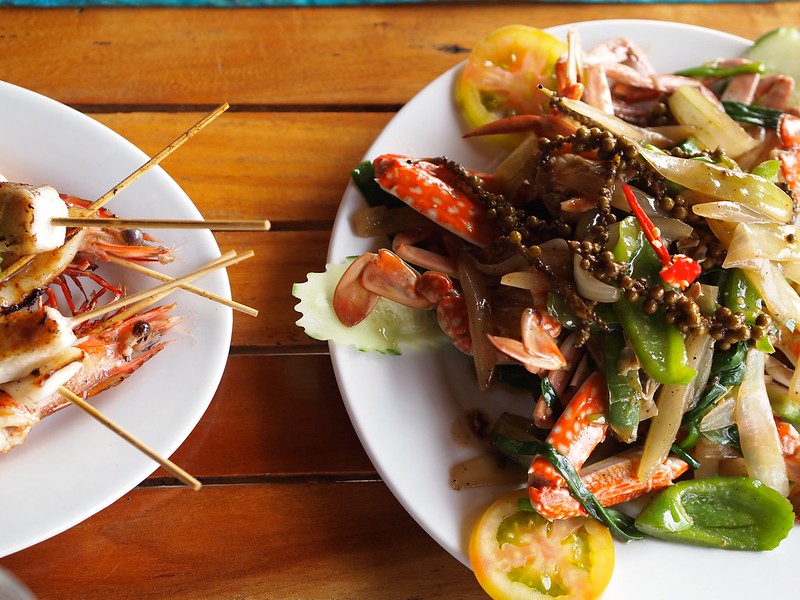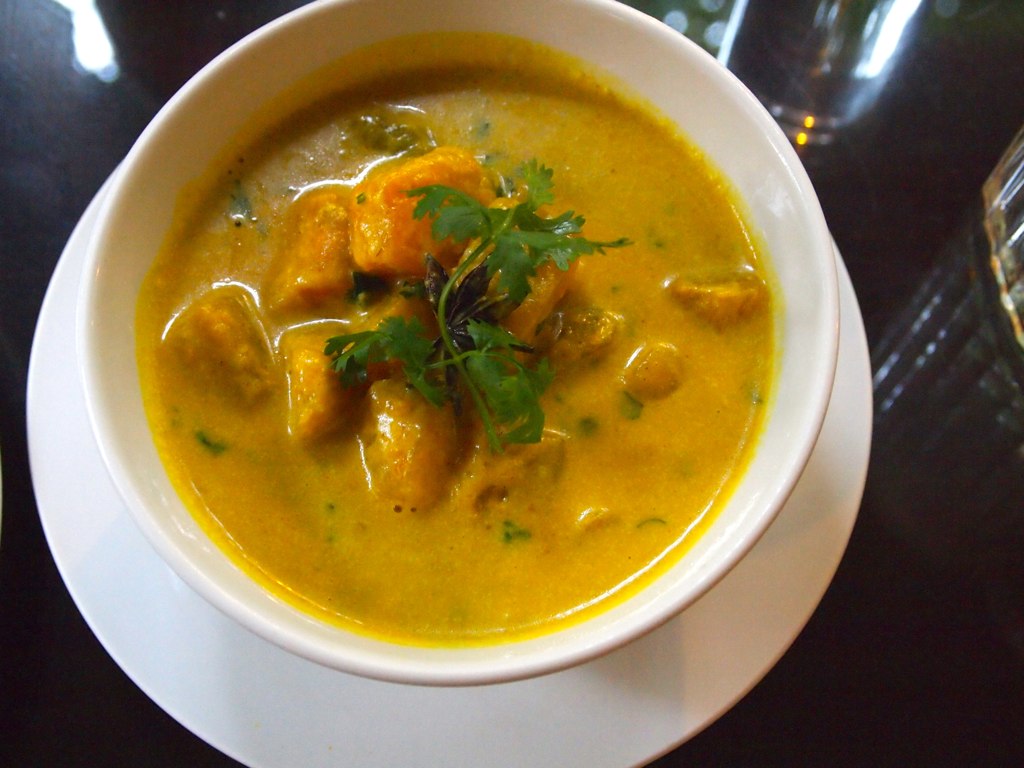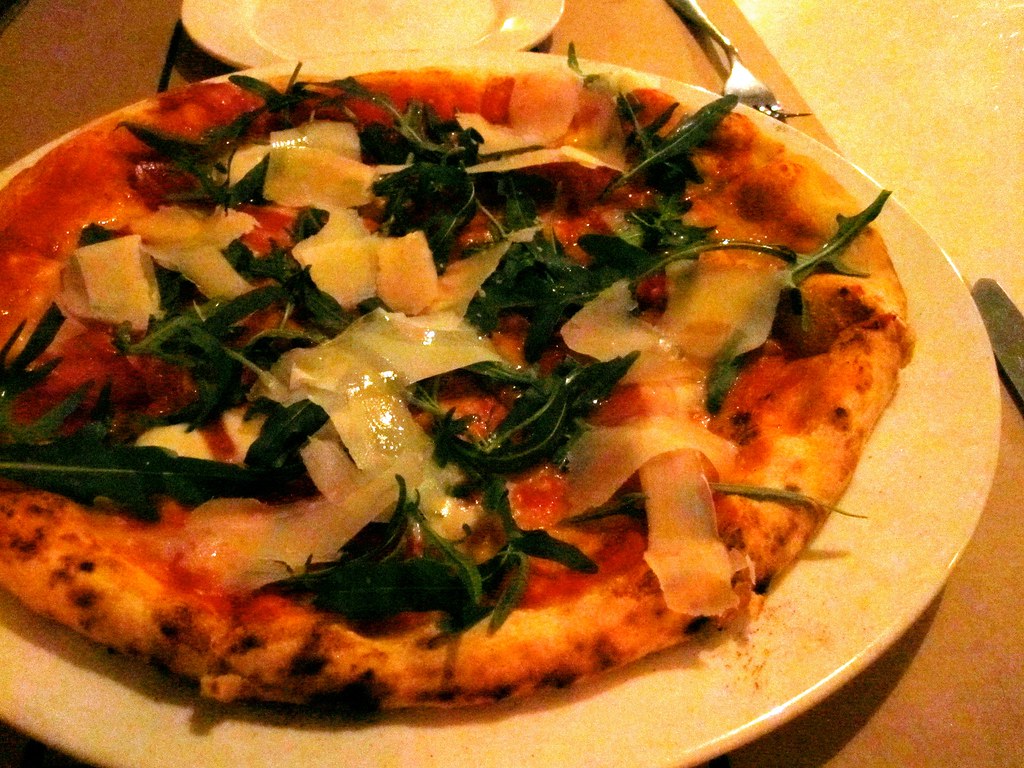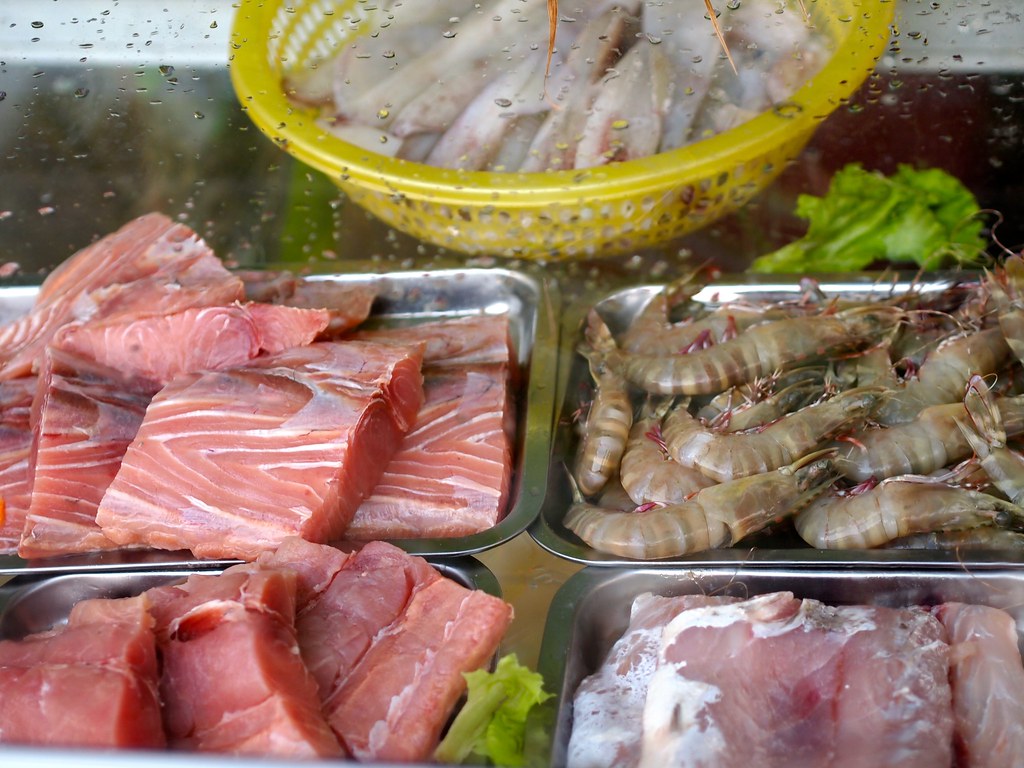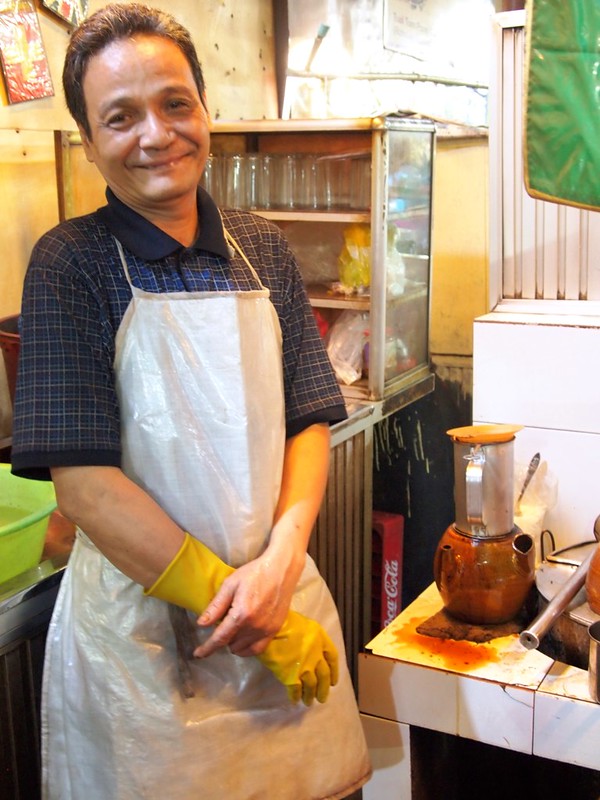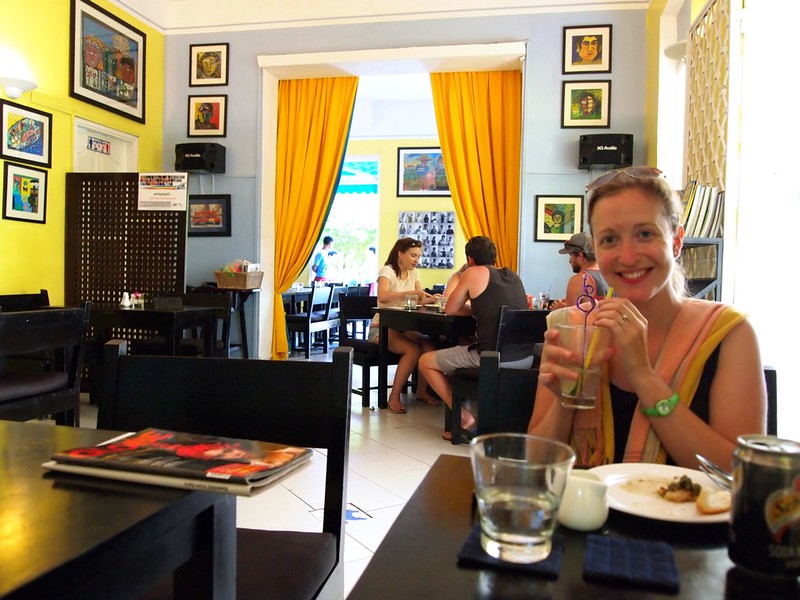The Best Food We Ate in Cambodia
We didn’t quite know what to expect about Cambodian (Khmer) cuisine. Unlike Thai cuisine, you don’t see Khmer restaurants elsewhere in the world. In Cambodia, we found ourselves eating more in restaurants and less in street stalls. Street stalls were less prolific than in Thailand and usually more hygienically questionable. So, we spent a bit more money but still enjoyed some really fantastic eats. Here are a few of our favorites!
Khmer Curry and Amok
Less spicy than its Thai counterpart, Khmer curries are intensely flavorful and aromatic with flavors of lemongrass and kaffir lime. This sweet potato and pumpkin coconut curry at K’nyay, a vegan restaurant in Phnom Penh that I highly recommend (even though I’m surely no vegan) was fantastic. Amok, Cambodia’s national dish, is similar and usually made with fish and cooked in a banana leaf.
Neapolitan Pizza?
We normally avoid the Western restaurants in touristy cities like Siem Reap – you just know they are going to be bad. Maybe because it was Valentine’s Day, maybe we were tired of rice and curries, or maybe the smell of garlic sizzling in olive oil (mmmmm) drew us in, but we gave in to the urge. Surprisingly, this pizza wasn’t terrible. In fact, it was GOOD. Cooked in a real wood-fired brick oven with a crispy charred crust, topped with imported procuitto di parma, parmagiano regiano, mozzarella, and arugula, we absolutely inhaled it.
Khmer BBQ
Khmer BBQ joints are popular all over Cambodia. They are easy to spot because of the giant charcoal grills out front. The usual formula is cheap beer ($.50/glass!), a selection of meats to throw on the grill and communal outdoor seating. What’s not to like? We really enjoyed Mr. Grill in Siem Reap. It’s across the river from the touristy Pub Street and was full of locals enjoying their weekend. We ordered pork ribs and this giant hunk of beef.
On the coast in Sihanoukville, Koh Rong, and Kampot, the daily catch is displayed in front of BBQ places. Typical offerings included tuna, giant prawns, snapper, squid, and barracuda. Seafood always tastes a little better with your feet in the sand.
Iced Coffee at the Russian Market in Phnom Penh
The man operating the stand labeled “The Best Iced Coffee in Phnom Penh” brews up coffee that lives up to its billing. This stuff is worth a trip to the Russian Market on its own merit. The whole process takes about 10 minutes. He pours hot water through a sock-like filter full of coffee grounds, and repeats this process twice more. Then, he mixes it with just the right amount of sweet milk and pours it over freshly cracked ice. As a bonus, you get a cup of hot coffee to refresh your drink half way through. The black coffee on its own was tremendous (even Skyler drank it black, which is a high compliment!).
He’s been operating at the market for 33 years and is a great example of the tremendously talented market/street stall operators all over Asia who have spent decades perfecting a single dish. It’s the best dollar I’ve spent this trip.
Restaurants for a cause
All over Cambodia, we found restaurants run by NGO’s that train orphaned children to cook, wait tables, and practice their language skills. Our favorite was undoubtedly Friends in Phnom Penh, near the National Museum. Below is a great fish dish we shared with tomatoes and capers. The same people who run Friends operate a handicrafts shop next door, a hair salon down the street, and train kids to become handymen.
Skyler said they make a mean fresh lime soda, too!
Kampot Pepper
When Cambodia was a French colony, they say that every fine restaurant in Paris had Kampot peppercorns on the table. The industry has just rebooted over the last decade after it was destroyed by the Khmer Rouge. Its flavor is more subtle and fragrant than black pepper and it was usually sautéed whole on the vine with meats and vegetables.
Sugar Cane Juice
“We don’t drink Coca-Cola or coconut juice. The Khmer people, we drink sugar cane juice,” declared Sof, the tuk tuk driver who was showing us around Kampot and Kep for the day. We stopped for a break at a roadside juice stand near the “Secret Lake,” a local watering hold formed by a dam, where a girl pressed sugar cane stalks that came from just down the road through a hand-powered crank over freshly cracked ice. It’s not intensely sweet like it sounds, but more citrus flavored, like orange juice. A perfect refreshment on a hot afternoon.
Kep Crab
I saved the best for last. Kep is worth a day-trip if for nothing else than eating at the Crab Market. The Crab Market isn’t one restaurant, but rather a series of restaurants on stilts at the ocean’s edge in tiny Kep. When you order crab, a woman literally wades into the ocean, grabs a crab from the trap, and cooks it to order. Ours was sautéed with peppers, onions, and Kampot peppercorns, all for just $6.50! I think I’m spoiled for life when it comes to crab.

